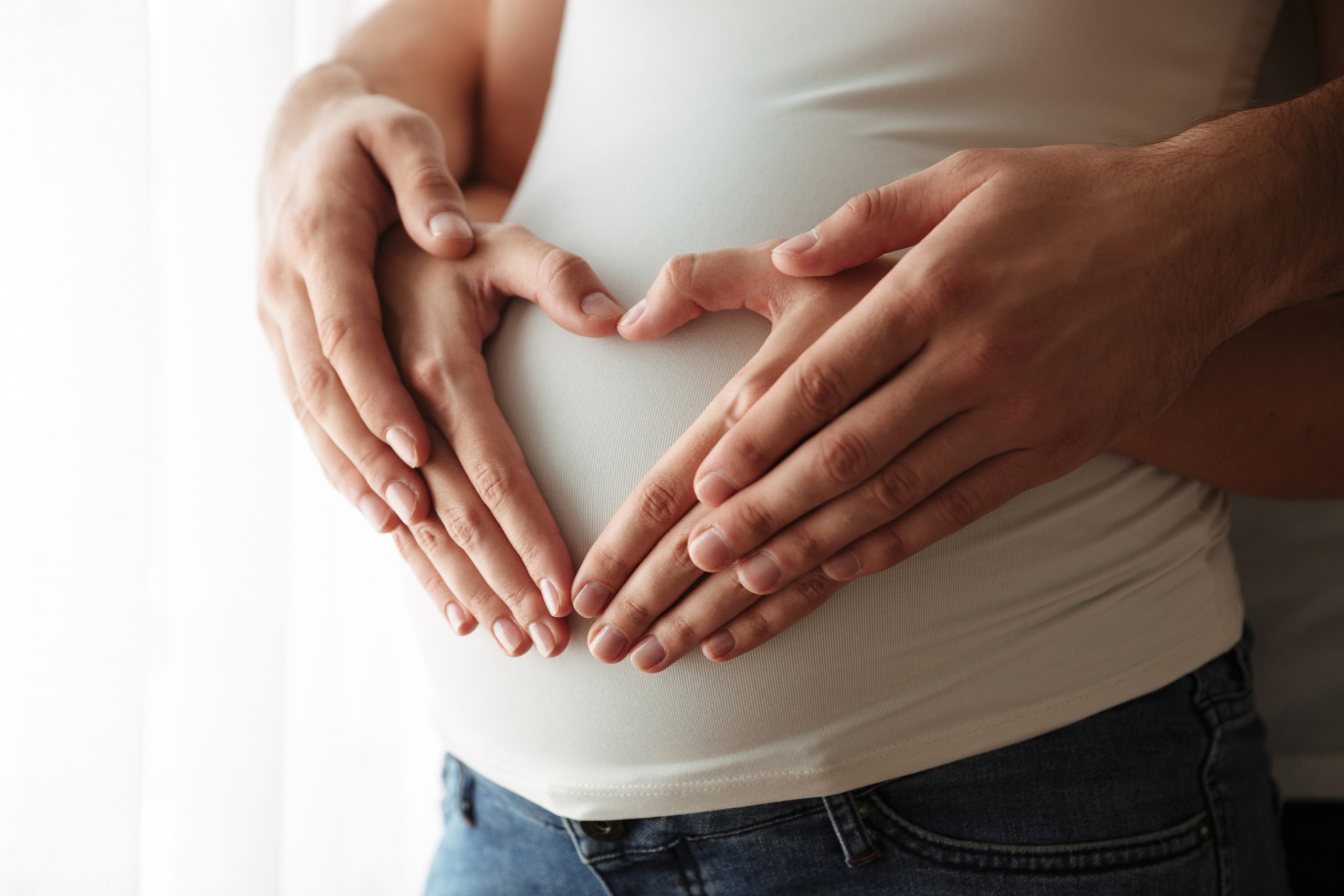

According to a new UCL study, approximately 20% of women who used reproductive treatment, such as IVF, to conceive their first child are likely to become pregnant spontaneously in the future.
The groundbreaking study, published in Human Reproduction, examined data from 11 studies involving over 5,000 women from throughout the world between 1980 and 2021 to determine how frequent it is to become pregnant spontaneously after having a kid born through fertility therapy.
They discovered that at least one in every five women conceived naturally after undergoing reproductive treatment such as IVF, usually within three years. This figure remained constant even after accounting for the various types and outcomes of reproductive treatment, as well as the length of follow-up.
Infertility is defined as the inability to achieve pregnancy after 12 months or more of regular unprotected sexual intercourse, and it is estimated that one in every seven heterosexual couples suffers from it.
However, not all women seeking and having fertility treatment remain infertile indefinitely or permanently. In addition, half of couples who fail to conceive naturally in the first year of trying will succeed in the second year.
Although it is deemed ‘rare’ for a woman to become pregnant naturally if she has previously received fertility therapy, the researchers wish to emphasize that it is not an unusual event.
The researchers believe the findings are especially significant because many women may be unaware that they can conceive naturally after undergoing reproductive treatment.
This could result in them becoming pregnant again quickly or when they are not ready, which could be harmful to both the mother’s and the child’s health.
Lead author, Dr. Annette Thwaites (UCL EGA Institute for Women’s Health) said, “Our findings suggest that natural pregnancy after having a baby by IVF is far from rare. This is in contrast with widely held views—by women and health professionals—and those commonly expressed in the media, that it is a highly unlikely event.”
Much has evolved since the early days of IVF, and it is now utilized for a wide range of infertility problems, including cases when no explanation can be determined.
Furthermore, some women may not have had infertility at all but sought therapy for other reasons. This could include single women using donor sperm, same-sex women, surrogates, or those looking to screen for major genetic disorders.
As a result, it is critical for those who have had successful IVF to understand how likely they are to conceive naturally afterward.
IVF was initially used in 1978, and since then, more than 10 million babies have been born using the therapy, amounting to between 1% and 6% of all babies born in the developed world each year by 2020.
The researchers are requesting linked national data sets in order to more reliably follow the data and examine which factors make natural conception after reproductive therapy more likely.
They hope that after successful fertility therapy, this information can be utilized to assist patients who are considering their options.
Dr. Thwaites said, “Knowing what is possible would empower women to plan their families and make informed choices regarding further fertility treatment and/or contraception.”
more recommended stories
 Phage Therapy Study Reveals RNA-Based Infection Control
Phage Therapy Study Reveals RNA-Based Infection ControlKey Takeaways (Quick Summary) Researchers uncovered.
 Pelvic Floor Disorders: Treatable Yet Often Ignored
Pelvic Floor Disorders: Treatable Yet Often IgnoredKey Takeaways (Quick Summary) Pelvic floor.
 Urine-Based microRNA Aging Clock Predicts Biological Age
Urine-Based microRNA Aging Clock Predicts Biological AgeKey Takeaways (Quick Summary) Researchers developed.
 Circadian Control of Neutrophils in Myocardial Infarction
Circadian Control of Neutrophils in Myocardial InfarctionKey Takeaways for HCPs Neutrophil activity.
 E-Cigarette Use and Heart Attack Risk in Former Smokers
E-Cigarette Use and Heart Attack Risk in Former SmokersKey Takeaways for Clinicians and Nurses.
 36-Week Pre-eclampsia Screening May Reduce Term Risk
36-Week Pre-eclampsia Screening May Reduce Term RiskA New Preventive Strategy for Term.
 Cardiovascular Risk and Sudden Cardiac Death in Diabetes
Cardiovascular Risk and Sudden Cardiac Death in DiabetesRising Sudden Cardiac Death (SCD) Risk.
 Poor Kidney Function and Alzheimer’s Biomarkers Explained
Poor Kidney Function and Alzheimer’s Biomarkers ExplainedPoor kidney function may influence levels.
 Walking Speed Before Hip Replacement Predicts Recovery
Walking Speed Before Hip Replacement Predicts RecoveryNew Evidence Points to a Simple,.
 Neuroblastoma Drug Combo Extends Survival in Models
Neuroblastoma Drug Combo Extends Survival in ModelsA Promising Shift in High-Risk Neuroblastoma.

Leave a Comment